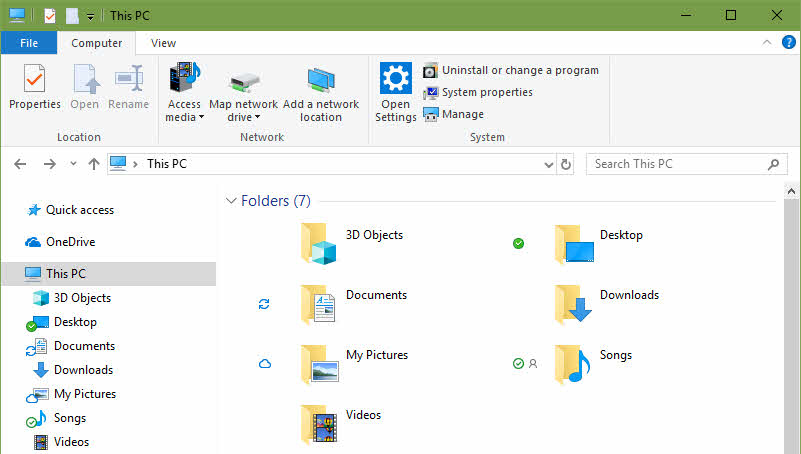

- #Opendrive access public folder from apk how to#
- #Opendrive access public folder from apk manual#
- #Opendrive access public folder from apk free#
- #Opendrive access public folder from apk mac#
Lifetime Plans: One-time fee of $175 for 500GB and $359 for 2TB. Windows, Mac, iPhone, iPad, Android, and web.Īnnual Plans: $3.99 per month for 500 GB and $7.99 per month for 2TB. Privacy, security, storing and sharing files and photos.Ģ0GB - €0.89 month, or €10.68 billed annuallyĢ00GB - €3.49 month, or €41.88 billed annuallyĢTB - €8.99 month, or €107.88 billed annually If the service does not provide end-to-end encryption, then you can first encrypt your data and then transfer it to the cloud for more security. If you select a SaaS provider, then it will also help you in reducing the cost as it reduces the licensing cost.
#Opendrive access public folder from apk mac#
Big tech players have their own platforms for cloud storage as Windows has OneDrive and Mac has iCloud. While selecting a cloud storage provider, you must consider your platform for use like Windows, Mac, iPhone, Android, BlackBerry phones, or mix. Support provided by these providers must also be considered. The features that you should look for in the cloud storage providers include collaboration features, usability, and security provided by the company. Hence, most of them compare the providers based on the prices and decide which one to select. If we are to compare the cloud storage providers, then all will look similar at first glance. Cloud storage providers offer a lot of data security for business users.
#Opendrive access public folder from apk free#
Many cloud storage providers offer a free plan for those who require the minimum out of their service. The below graph will help you in knowing the number of users for each cloud storage provider. This is because they have certain features that can be confusing for the individuals and those features will not be of much use to the individuals.įeatures like task management etc., are specially provided for businesses. Many cloud storage providers give accounts to businesses and not to individuals. According to, 53% of people use cloud storage for file sharing purposes.īusinesses have shifted from local storage drive to cloud storage. Check the storage they are providing, the file upload limit, basic free plan limits, and hidden terms, if any, before proceeding.Ĭloud storage has made sharing and collaboration easier.

I use this new Refresh Token the next time I run the program, and so on.Pro Tip: Decide the type of solution i.e personal use, business use, or a combination of both before comparing cloud storage services. I call the Token endpoint using that Refresh Token, and the API gives me an Access Token to use during the current session and a new Refresh Token. So basically, I have the Refresh Token always updated. PATH_TO_FILE + '/' + FILE_NAME + ':/content', headers=header) # I just overwrite the file with the new one. # ^ Save somewhere the new refresh token. Response = requests.post('', data=params)Īccess_token = response.json() 'refresh_token': refresh_token_that_you_got_in_the_previous_step This will return an Access Token and a Refresh Token. I used for this.įorm URL: grant_type=authorization_code&client_id=your_app_client_id&code=use_the_code_returned_on_previous_step Do a POST request with type FORM URL Encoded.That URL will redirect you to the Redirect URI that you set up and with a code= something in the URL. Use the Scopes and the Redirect URI that you set up in Azure Portal. Open a browser and go to the URL below.
#Opendrive access public folder from apk manual#
If we add new permissions, the tokens that we have will become invalid and we have to do this manual part again. I also thought about using Selenium for this, but since it's only one time and my app will request tokens every hour (keeping the tokens fresh), I dropped that idea.
#Opendrive access public folder from apk how to#
There must be a programmatic way to do this, but I had no idea how to do it. Looks like to get a token for the first time we have to use a browser or emulate something like that. I did not create any Certificate or Secret.The offline_access is to be able to get the refresh token, which will be crucial to keep the app running without asking the user to login. I added User.Read, Files.ReadWrite and offline_access. In the section API permissions, you have to add all the permissions that your app will use.You can use your own, I chose one of the suggested: In the section Authentication, click Add a Platform and choose Desktop + devices.In the application details, in the section Overview, take note of the Application (client) ID.In Redirect URI, choose Public client/native.In Supported account types, choose the one that has personal Microsoft accounts.Azure Active Directory -> App Registrations -> Applications from personal account It's running automatically every hour and I don't need to touch it.

I'm not sure if it's the best way but it is working now.


 0 kommentar(er)
0 kommentar(er)
